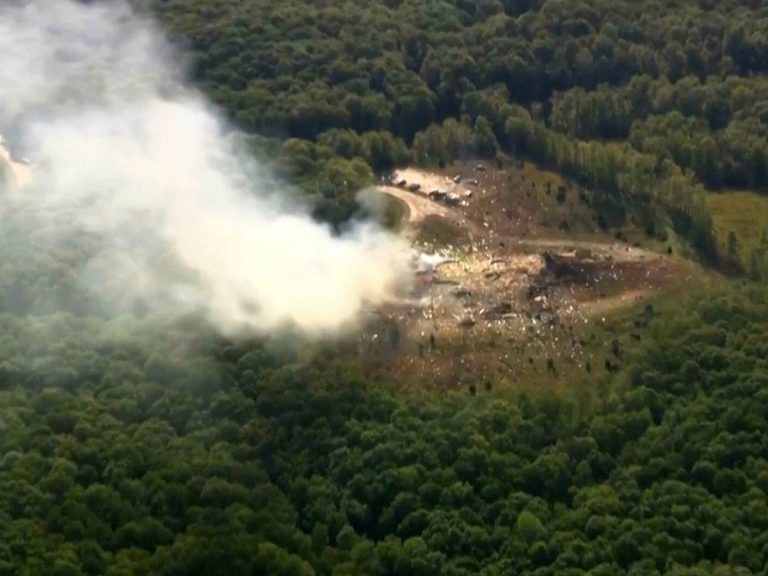Pakistan’s Cold Winter: La Niña’s Severe Impact Explained
Pakistan is facing one of its coldest winters in decades, primarily due to the La Niña climate phenomenon. This weather pattern is expected to bring unusually low temperatures across the country, compounding the challenges already faced by communities recovering from devastating monsoon floods.
The Effects of La Niña on Weather Patterns
La Niña occurs when sea surface temperatures in the Pacific Ocean drop below normal, leading to significant shifts in global weather. This year, the Intersector Coordination Group (ISCG), in collaboration with UN-OCHA, has reported that the effects of La Niña will be particularly severe in northern regions like Khyber Pakhtunkhwa and Gilgit Baltistan. These areas are already grappling with the aftermath of flooding, which has left many households vulnerable.
Implications for Agriculture and Food Security
The ISCG report highlights that the combination of cold weather and post-flood conditions poses a serious threat to food security. Northern Pakistan is expected to experience below-normal rainfall, while southern regions like Sindh and Balochistan may see near-normal precipitation. The disruption of Kharif crop harvesting due to isolated storms and the increased risk of vector-borne diseases, such as dengue, are significant concerns.
Moreover, a geo-spatial assessment by the Food and Agriculture Organization (FAO) revealed that approximately 1.2 million hectares of farmland in Punjab have been submerged. Key crops, including rice, cotton, and sugarcane, have suffered damage, jeopardizing the planting of Rabi crops. The destruction of livestock, fodder, and agricultural tools further threatens the livelihoods of many families.
Health Risks and Humanitarian Challenges
The humanitarian situation in Pakistan is critical. Over 229,760 homes have been damaged or destroyed, forcing families to seek shelter outdoors with limited protection. Stagnant water from the floods poses severe health risks, leading to potential outbreaks of cholera, diarrhea, typhoid, malaria, and dengue. Schools and health facilities remain disrupted, exacerbating the challenges faced by affected communities.
The report also notes a diminishing response capacity from both the government and humanitarian organizations. Initial emergency stocks and funds have been largely depleted, leaving many families without adequate support during this transition from emergency relief to recovery.
Meteorological Insights on La Niña
Meteorologists have confirmed that La Niña conditions have returned to the central equatorial Pacific Ocean, marking the fifth occurrence in six years. The U.S. National Oceanic and Atmospheric Administration (NOAA) has indicated that these conditions emerged in September 2025 and are expected to persist through early 2026. La Niña is part of the El Niño Southern Oscillation (ENSO), which influences global weather patterns through variations in sea surface temperatures.
ENSO has three phases: El Niño (warm), La Niña (cool), and neutral. Each phase affects weather patterns differently, with La Niña typically bringing cooler temperatures and increased rainfall in some regions, while El Niño is associated with warmer temperatures and reduced rainfall.
The Broader Impact on Pakistan’s Economy
The economic implications of this harsh winter are profound. Reduced river inflows due to glacial lake outburst floods in mountainous regions could affect irrigation and farming, while elevated smog and air pollution in the plains may pose additional health risks. The compounded effects of these challenges threaten not only the agricultural sector but also the overall economic recovery of the nation.
FAQs
What is La Niña, and how does it affect weather?
La Niña is a climate pattern characterized by cooler-than-normal sea surface temperatures in the Pacific Ocean, which can lead to significant shifts in global weather, including extreme temperature fluctuations and abnormal rainfall patterns.
How has flooding impacted agriculture in Pakistan?
Recent flooding has submerged approximately 1.2 million hectares of farmland, damaging key crops and disrupting the planting of Rabi crops, which threatens the livelihoods of farmers and food security in the region.
What health risks are associated with the current humanitarian crisis in Pakistan?
The stagnant water from flooding increases the risk of outbreaks of diseases such as cholera, malaria, and dengue, while the destruction of homes and infrastructure complicates access to healthcare and basic services.
Conclusion
Pakistan is currently facing a challenging winter exacerbated by La Niña and the lingering effects of severe flooding. The combination of low temperatures, disrupted agriculture, and health risks presents a critical situation for many communities. Immediate humanitarian efforts are essential to support affected families and facilitate recovery as the country navigates these unprecedented challenges.
Also Read:
Apple TV+ Rebrands to Apple TV: Key Details Explained







